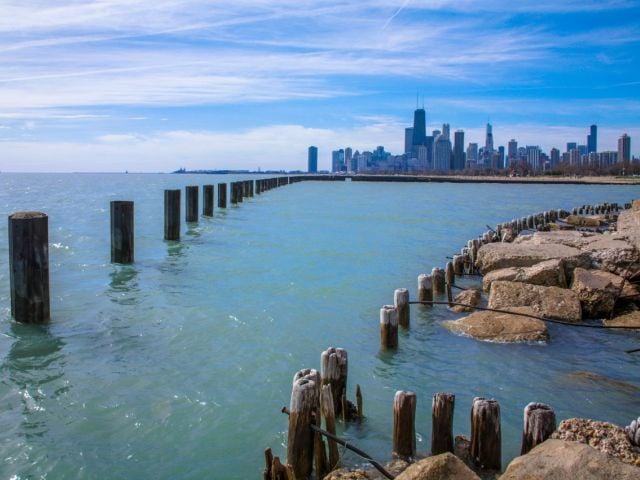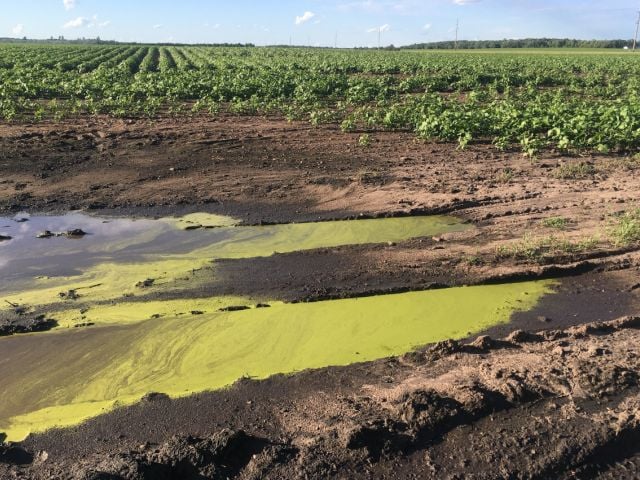AMES, Iowa – A new law requiring grass “buffers” to be planted between cropland and Minnesota’s rivers and streams is an innovative and important step toward cutting pollution from farm operations, EWG said today.
“Other states struggling to clean up water polluted with farm runoff should take notice,” said Craig Cox, EWG’s senior vice president for agriculture and natural resources. “Waiting for landowners to volunteer to meet common-sense standards, such as keeping a strip of grass between their cropland and waterways, just isn’t getting the job done.”
In 2014, an EWG report highlighted the weak enforcement of an existing buffer rule in southern Minnesota. The rule required strips of grass or other permanent vegetation along all public waterways to trap sediment and filter out farm chemicals and other agricultural pollutants. But, the EWG report found, lack of enforcement, resources and understanding of the rule meant that only 18 percent of Minnesota rivers and stream banks had the full 50 feet of required buffers.
“This new law isn’t perfect, but it’s a welcome step toward a set of basic farming standards that will bring all landowners up to the level of conservation that many of their neighbors are already doing,” said Cox. “Long experience with cost-share programs shows that standards are necessary to make sure that water gets cleaner.”
The Minnesota legislature passed the bill on June 13, and Gov. Mark Dayton signed it into law the same day.
Another recent EWG analysis showed that a similar law in Iowa would jump-start progress toward cutting farm pollution there, which is essential to cleaning up the state’s notoriously poor water quality. In that study, EWG found that following Minnesota’s example by requiring buffer zones to boost water quality would affect a relative handful of Iowa landowners and cropland acres.
The new Minnesota law will require 50-foot wide buffers along all public waterways and smaller buffers next to most farm drainage ditches. The law will be enforced at the local level, and it gives county governments both the authority and incentives to ensure that the requirements are implemented.
“Governor Dayton and his leadership team put a lot on the line to make this law a reality in Minnesota,” said Cox. “We hope to continue to work with him and other state leaders in the Midwest to find more ways to protect our land and water.”



